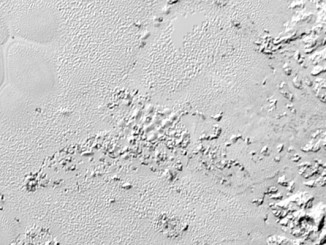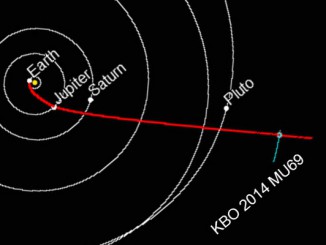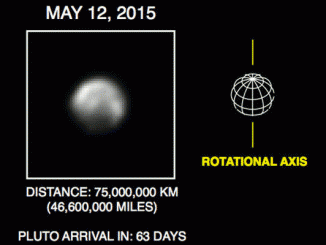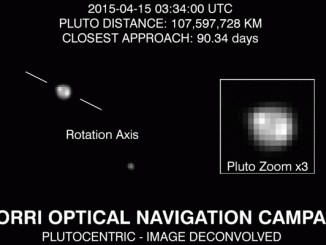
Putting Pluto’s geology on the map
To help mission scientists understand the diversity of Pluto’s terrain and to piece together how the dwarf planet’s surface has formed and evolved over time, NASA’s New Horizons mission scientists have started constructing geological maps. The base map for this interpretation is a mosaic of 12 images obtained by the spacecraft’s Long Range Reconnaissance Imager (LORRI).







